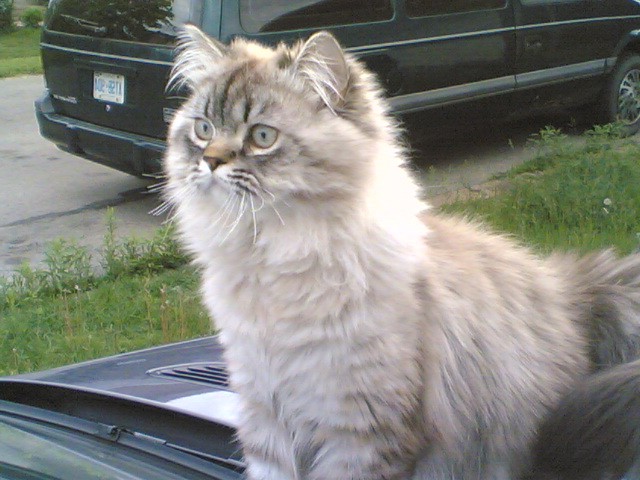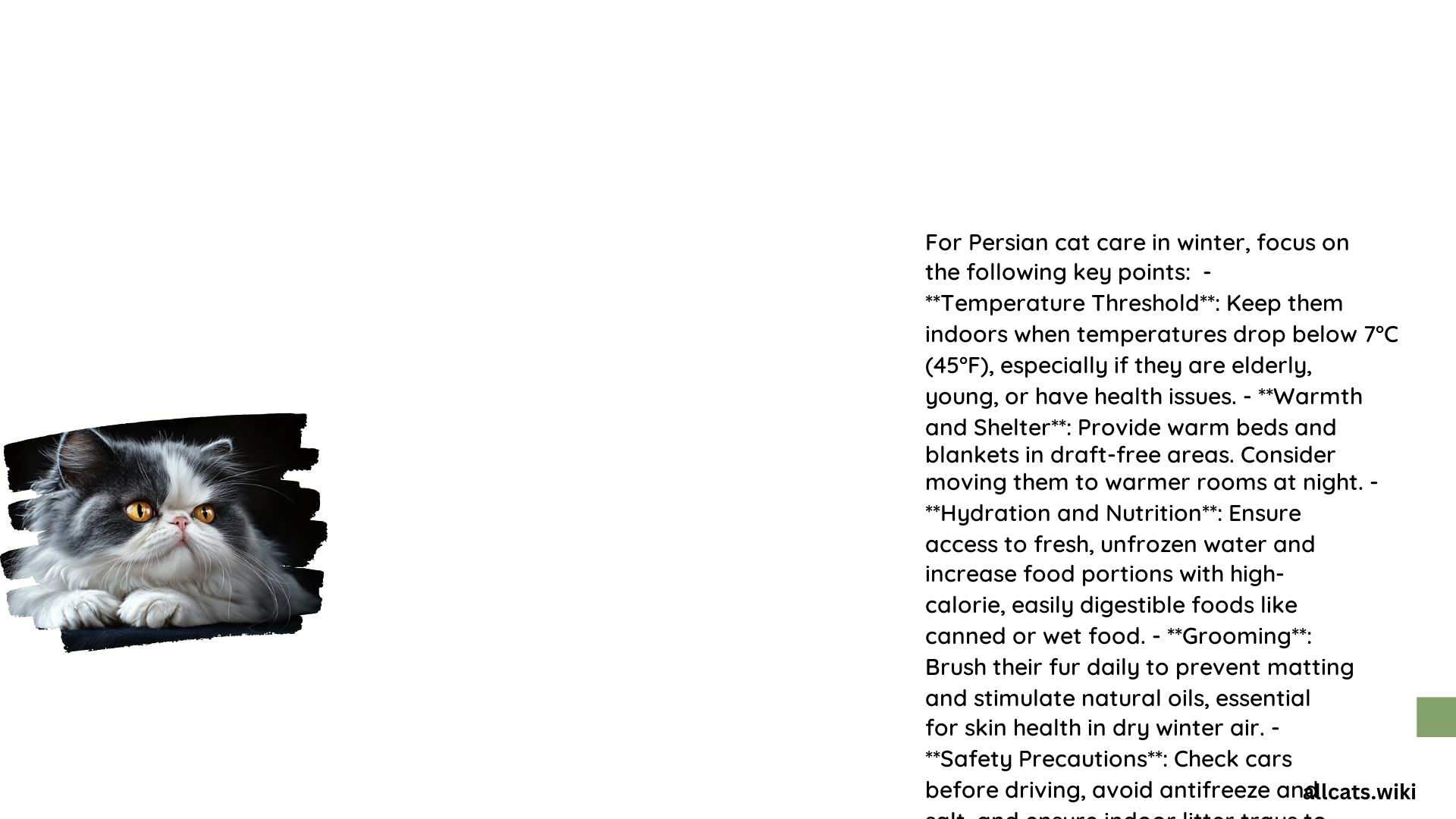How to Bathe Your Persian Cat During Winter?

Frequency of Baths
Bathing a Persian cat during winter should be done judiciously to prevent drying out their skin and coat. Unlike some recommendations that suggest bathing every month, it is generally advised to bathe your Persian cat only when necessary, such as when they have a greasy coat or mats that cannot be brushed out.
- For Greasy Coats: If your Persian cat has a greasy coat, bathing every other month might be necessary. However, this should be determined based on the individual cat’s condition rather than a strict schedule.
- For Mats and Knots: If your cat develops mats or knots, a bath may be required to remove these. However, it is crucial to work on mats gently before bathing to avoid causing discomfort.
Types of Shampoos
When bathing your Persian cat, it is essential to use a shampoo specifically designed for cats, as human shampoos can be too harsh for their skin.
- Hypoallergenic and Fragrance-Free Shampoos: Opt for hypoallergenic and fragrance-free shampoos to minimize the risk of skin irritation. These shampoos are gentle and suitable for sensitive skin.
Techniques for Drying and Maintaining the Coat
After bathing, proper drying and maintenance are crucial to keep the coat healthy and prevent matting.
- Drying:
- Towel Dry: Gently squeeze out excess water from the coat and pat dry with a towel. Wrap the cat in a towel to keep them warm.
- Blow Drying: Use a low-heat dryer specifically designed for cats. Move the dryer around to avoid burning the skin. For Persians, a dryer with a low horsepower motor (e.g., Air Force Commander 2-Speed Dryer) is recommended.
- Avoiding Soap in Eyes: Ensure no soap enters the eyes. If necessary, use an approved eyewash like Tomlyn Opticlear.
What Grooming Techniques Should You Use for Persian Cats in Winter?

Step-by-Step Grooming Routine
Regular grooming is vital to maintain the health and appearance of your Persian cat’s coat during winter.
- Brushing:
- Frequency: Brush your Persian cat at least twice a day, focusing on areas prone to matting such as the armpits and chest.
-
Types of Brushes: Use a metal comb or a slicker brush to detangle mats gently. For daily maintenance, a pin brush or a bristle brush can be used.
-
Detangling Mats:
- Use a Mat Breaker: If mats are present, use a mat breaker to gently work them out. Avoid using scissors as they can cause injury.
-
Work Gently: Start from the ends of the mats and work your way up to avoid causing pain or discomfort.
-
Nail Trimming:
-
Before or After Bath: Trim your cat’s nails either before or after the bath, when the nails are softer. Use a cat nail clipper and avoid cutting into the quick.
-
Face Cleaning:
- Daily Cleaning: Clean your cat’s face daily to remove dirt and tear stains. Use a damp cloth or a specific tear stain remover.
How Should You Adjust Your Persian Cat’s Diet for Winter?
Ideal Nutritional Composition
During winter, it is crucial to ensure your Persian cat’s diet provides adequate warmth and energy.
- High-Calorie Diet: Consider a high-calorie diet to help your cat maintain body heat. Consult with your veterinarian to determine the best diet for your cat.
- Protein-Rich Foods: Ensure the diet is rich in protein to support overall health and energy levels. High-quality protein sources such as chicken, salmon, or beef can be beneficial.
Specific Ingredients
Certain ingredients can help maintain your cat’s warmth and energy during winter.
- Omega-3 Fatty Acids: These help maintain skin and coat health, which is particularly important during the dry winter months.
- Vitamins and Minerals: Ensure the diet includes essential vitamins and minerals such as vitamin E, zinc, and iron to support overall health.
Supplements
While a balanced diet is essential, some supplements can be beneficial during winter.
- Omega-3 Supplements: If your cat’s diet does not include sufficient omega-3 fatty acids, consider adding a supplement after consulting with your veterinarian.
- Probiotics: Probiotics can help maintain digestive health, which is crucial during the winter months when cats may be more prone to digestive issues.
